Gary Padgett, writing to a tropical storm list-serv I am on, provides an interesting factoid, which I reproduce here with his permission (emphasis added):
We’re now at the first of October, and there’ve been no Category 3 or higher hurricanes (IH) to make landfall in the U. S. so far this season. The chances of a U. S. landfalling IH decrease significantly after 1 October. Over the past half-century, the only IHs to make landfall in the U. S. after 1 October were Hilda (1964), Opal (1995), and Wilma (2005). Hilda and Opal were already named tropical storms on the map as September ended—the only case forming in the month of October was Wilma.Even with the caveats, the US has had a remarkable streak of luck with respect to hurricanes -- or maybe, it's climate change! ;-)
If an IH does not make landfall in the U. S. during the remainder of this season, this will make five consecutive seasons without an IH landfall in the U. S. The last such instance of this (based upon the current HURDAT file) was 1910 – 1914. However, that being said, some caveats are in order.
(1) The current Saffir/Simpson classification of historical U. S. hurricanes was made by Hebert and Taylor in 1975. The parameter used to classify most of these was central pressure (CP), based on the older nominal CP ranges associated with each category. Nowadays, the S/S classification is based strictly upon the MSW at landfall.
(2) There are several cases, especially in the late 1930s, 1940s, and early 1950s, for which the assigned S/S category does not match the Best Track winds, so when they are eventually re-analyzed, the landfalling category could be adjusted up or down.
(3) Hurricanes Gustav and Ike of 2008 both made their U. S. landfall with an estimated MSW of 95 kts, and with CPs of 957 and 952 mb, respectively. Had these storms occurred in the early 20th century, they would have been classified as Category 3 hurricanes, and barring any reliable wind measurements (which would have been unlikely) would have probably remained classified as such during the re-analysis. Similarly, though not within the past five years, Hurricanes Floyd and Isabel, which made landfall with an estimated MSW of 90 kts and CP around 956 mb, would have been classified as Category 3 hurricanes based on the CP.




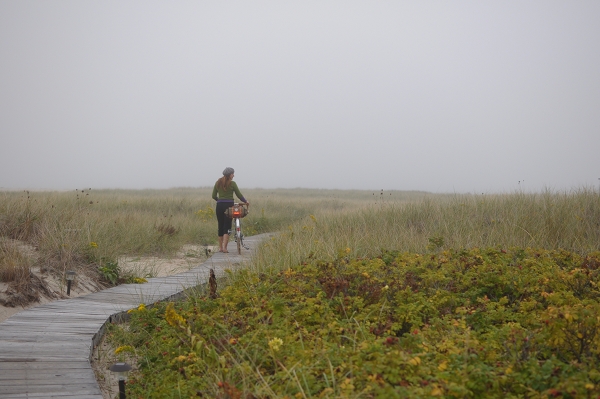

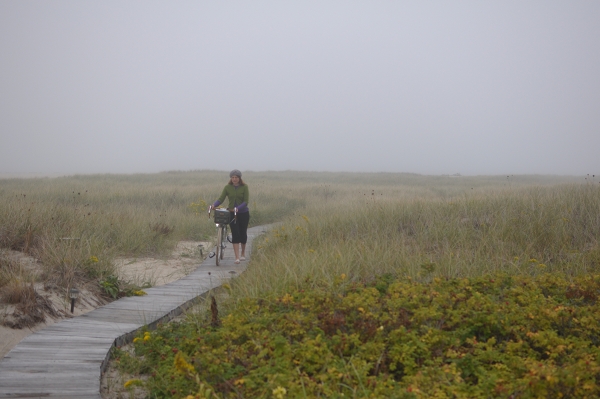

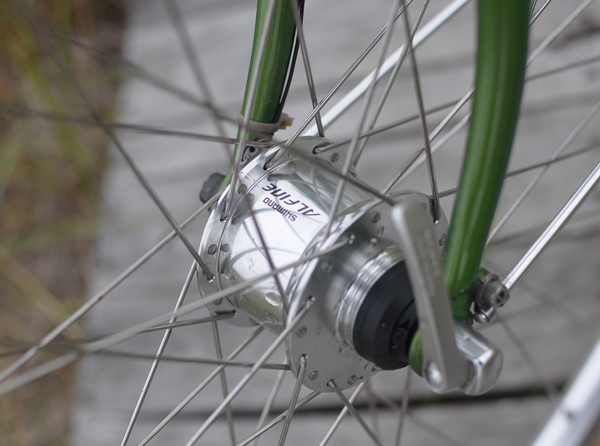


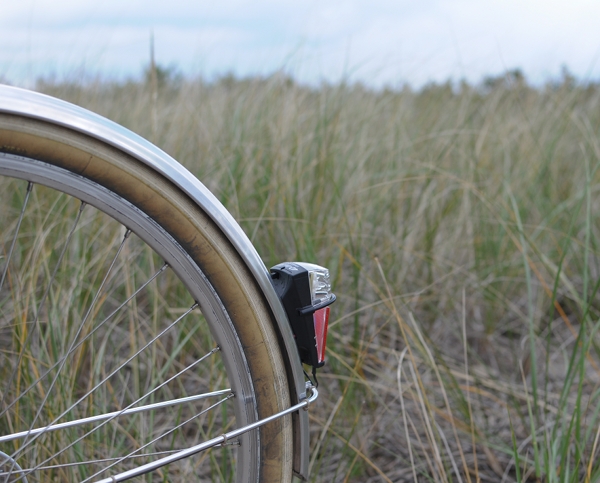











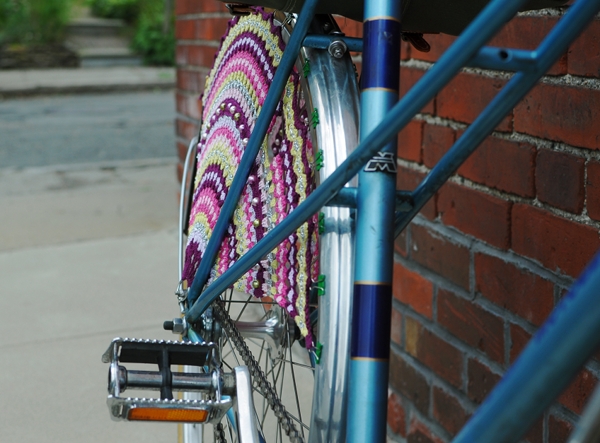
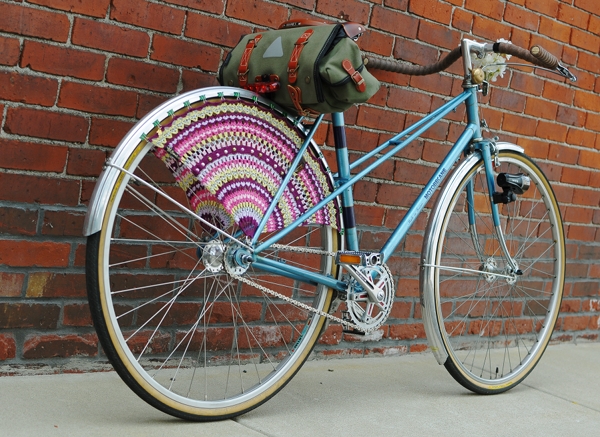
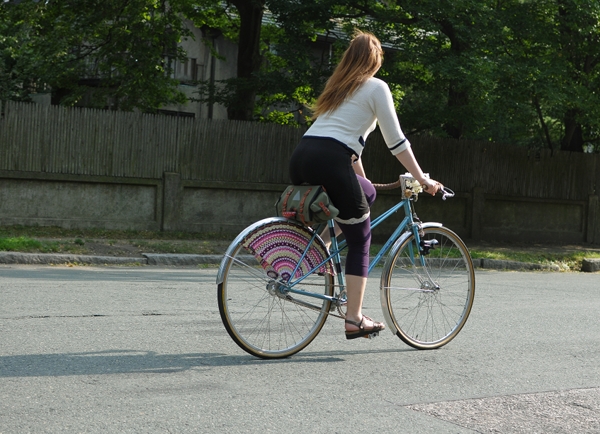















.jpg)





